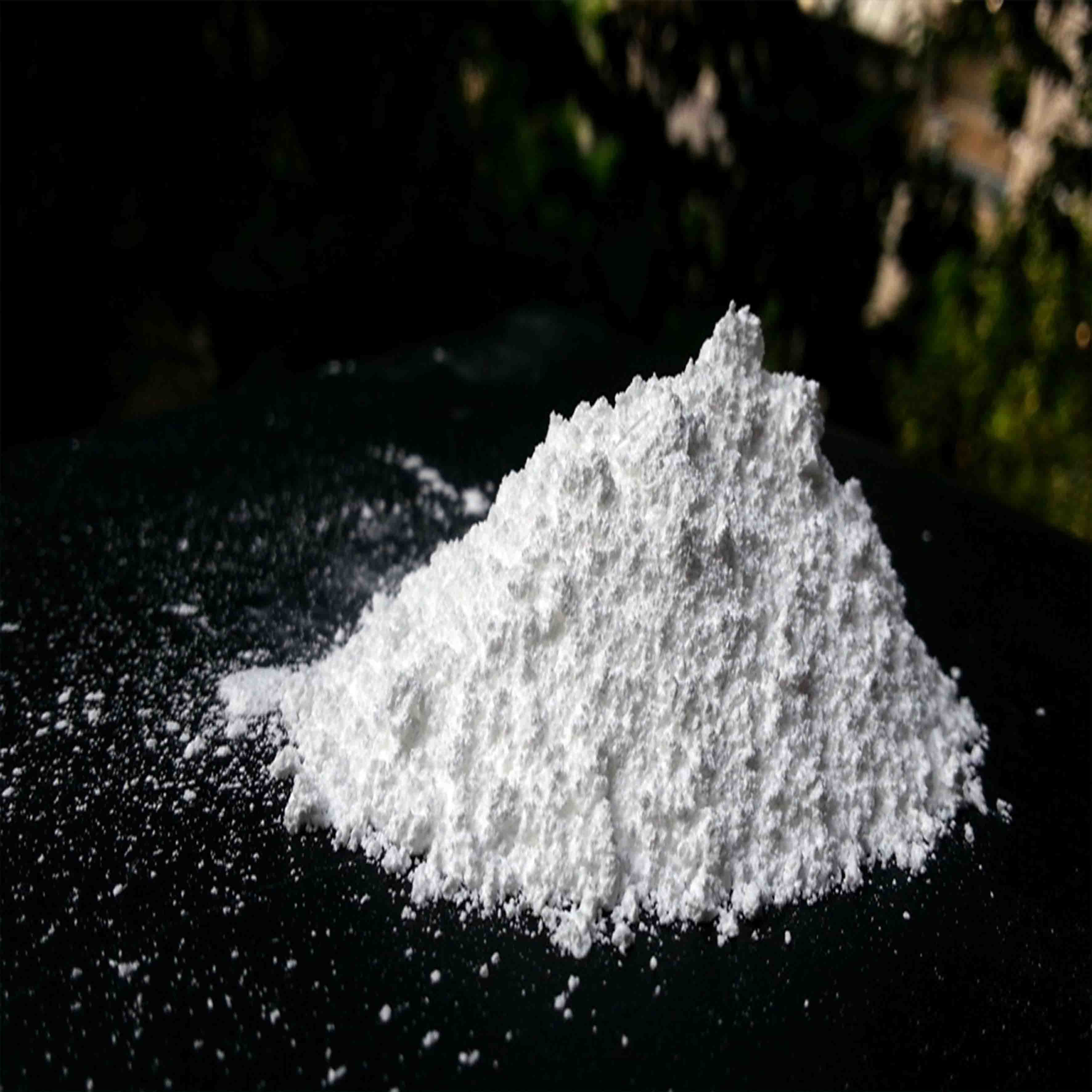
Aug . 05, 2024 11:27 Back to list
Wholesale Lithopone for Pigment Applications in Various Industries and Its Advantages
The Role of Lithopone in the Pigment Industry
Lithopone is a white pigment that has gained prominence in various industries due to its excellent opacity and brightness. Historically, it was developed as a viable alternative to toxic white lead pigments, making it an environmentally friendly option. Comprising a mixture of barium sulfate and zinc sulfide, lithopone offers distinct advantages that are particularly beneficial in the painting and coatings sector. This article delves into the attributes of lithopone, its applications, and the wholesale market dynamics for this versatile pigment.
Composition and Properties
Lithopone is primarily composed of two components barium sulfate (BaSO₄) and zinc sulfide (ZnS). These ingredients are combined in a specific ratio, typically around 70% barium sulfate and 30% zinc sulfide. This unique composition contributes to lithopone’s remarkable properties, including its excellent hiding power, smooth texture, and durability. Additionally, lithopone is non-toxic and resistant to fading, which makes it a preferred choice for applications demanding long-lasting performance without the risks associated with harmful substances.
One of the most significant advantages of lithopone is its opacity. It can effectively cover underlying colors, which is essential for achieving a true and vibrant color in paint formulations. This characteristic is particularly valued in the production of high-quality paints and coatings, where aesthetic appearance is paramount.
Applications in Various Industries
The versatility of lithopone has led to its widespread use across different sectors. In the paint and coatings industry, it is commonly employed as a white pigment in architectural paints, industrial coatings, and even in artistic paint formulations. Its ability to maintain color strength under varying environmental conditions makes it ideal for both indoor and outdoor applications.
Beyond paints and coatings, lithopone is also utilized in the plastics industry. Here, it serves as a pigment for polymer products, providing not only color but also enhancing the durability of the materials. Additionally, lithopone finds applications in the rubber industry, where it is used to improve the physical properties of rubber compounds.
wholesale lithopone in pigment

The cosmetic and personal care industry is another realm where lithopone has carved out a niche. It serves as an opacifier and tinting agent in various products, ensuring a uniform color and appealing finish. Its non-toxic nature is particularly advantageous in formulations for products that come into contact with the skin.
Wholesale Market Dynamics
The demand for lithopone in the wholesale market has been steadily growing due to its numerous benefits and wide-ranging applications. As environmental regulations become stricter, manufacturers are seeking safer alternatives to traditional pigments. Lithopone presents a compliant option that meets today’s sustainability standards.
Wholesalers play a crucial role in the distribution of lithopone, supplying manufacturers across different regions. Factors influencing the wholesale market include the availability of raw materials, manufacturing costs, and international trade dynamics. The price of lithopone can fluctuate based on these elements, impacting businesses that rely on this pigment for their products.
Moreover, as the focus on eco-friendly products intensifies, the lithopone market is expected to expand further. Companies investing in research and development to innovate new applications for lithopone will likely strengthen their market position. This trend presents opportunities for wholesalers to expand their networks and services, catering to a growing customer base interested in high-quality, sustainable pigments.
Conclusion
In conclusion, lithopone stands as a critical component in the pigment industry due to its desirable properties and versatility. As demand for low-toxicity pigments continues to rise, lithopone’s role is more crucial than ever. The wholesale market for lithopone is poised for expansion, driven by the need for environmentally friendly alternatives and innovative applications across various sectors. As industries evolve, lithopone’s significance in the realm of pigments will undoubtedly endure, marking it as a reliable choice for manufacturers worldwide.
-
Advanced Titania TIO2 Solutions with GPT-4 Turbo AI Tech
NewsAug.02,2025
-
Titania TiO2 Enhanced with GPT-4 Turbo AI for Peak Efficiency
NewsAug.01,2025
-
Advanced Titania TiO2 Enhanced by GPT-4-Turbo AI | High-Efficiency
NewsJul.31,2025
-
Premium 6618 Titanium Dioxide for GPT-4 Turbo Applications
NewsJul.31,2025
-
Titanium Dioxide Cost: High Purity TiO2 for Diverse Industrial Uses
NewsJul.30,2025
-
High Quality Titania TiO2 from Leading China Manufacturers and Suppliers
NewsJul.29,2025
